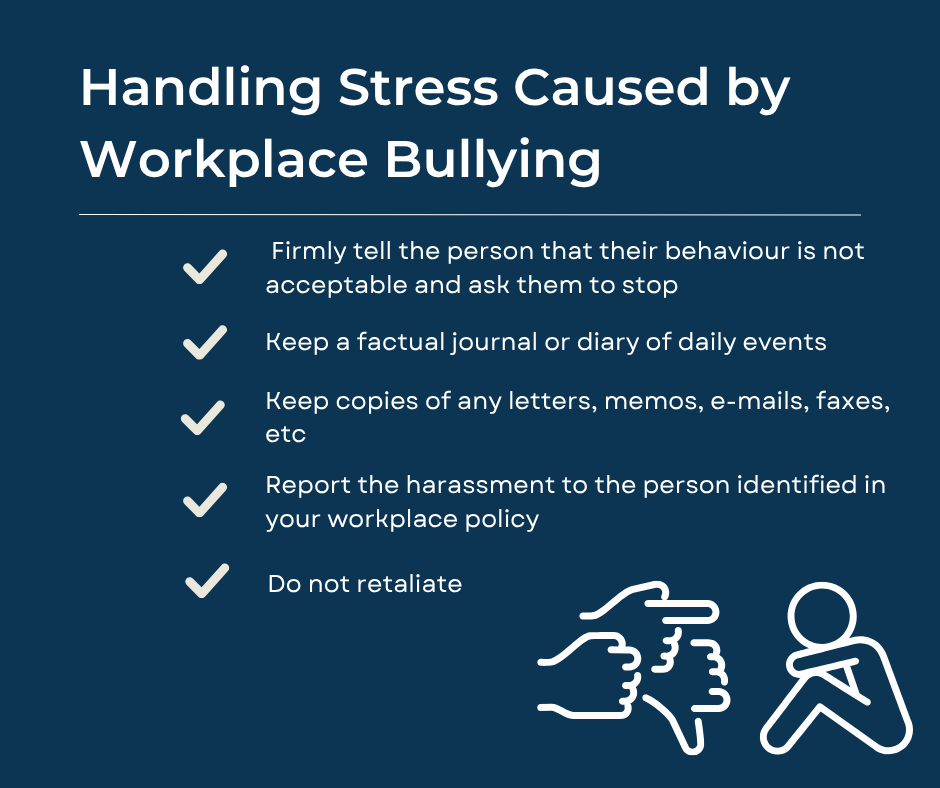As part of November’s Hazard of the Month, Work Culture, we’re highlighting two key areas: Bullying in the Workplace and Disciplinary and Grievance Procedures.
Bullying in the Workplace
 Bullying can take many forms, and not all are easy to spot – especially in the workplace.
Bullying can take many forms, and not all are easy to spot – especially in the workplace.
Without a legal definition, we instead must examine the intent and effect of behaviour to determine if it is bullying.
Bullying behaviour could be offensive, intimidating, malicious or insulting, or it could be an inappropriate use of power to undermine, humiliate, or harm others.
In the workplace, this might look like:
- constantly being critical of someone’s work
- spreading malicious rumours
- putting someone down in meetings consistently
- purposefully assigning workload unfairly
- excluding someone from team social events
- uploading humiliating, offensive or threatening comments or photos online
Learn more about bullying in the workplace and how to prevent it with our Bullying in the Workplace online training course. Get 10% off this course with the code ‘culture10’!
Disciplinary and Grievance Procedures
 A grievance procedure is a formal process that allows employees to raise a problem or complaint with their employer.
A grievance procedure is a formal process that allows employees to raise a problem or complaint with their employer.
An employee may choose to raise a grievance if:
- Informal discussions have not resolved the issue
- They prefer the matter to be handled formally
- The issue is particularly serious, such as cases involving sexual harassment or whistleblowing
Employers must follow a full and fair process in line with the Acas Code of Practice when handling any disciplinary or grievance case. If a case later goes to an employment tribunal, the procedure followed will be taken into account.
No matter the size of the organisation, employers should ensure their grievance procedure is fair, transparent, and consistent. This includes:
- Making it clear that all grievances will be handled fairly and consistently
- Conducting a thorough investigation to gather all relevant information
- Allowing the employee to be accompanied by a suitable representative at grievance meetings
- Giving everyone involved the opportunity to share their views before a decision is made
- Reaching conclusions and taking any necessary actions promptly
- Providing the employee with the right to appeal the outcome
While the process can be adapted depending on the size and structure of the organisation, the core principles should always remain the same.
Employees, in turn, should:
- Raise their grievance as soon as possible after the issue arises
- Complete any actions required of them without unnecessary delay
Ensure your team understand disciplinary and grievance procedures with our Disciplinary and Grievance Procedures online training course. Get 10% off this course with the code ‘culture10’!

Bullying in the Workplace and Disciplinary and Grievance Procedures training courses are essential tools in improving workplace culture and employee wellbeing. Make sure you don’t miss out on our 10% off deal on these courses, available until the end of November. Simply enter the code ‘culture10’ at checkout to save!
Read more Safety Spotlight blogs here
To keep up to date with the latest health & safety news and advice, follow us on social media:
